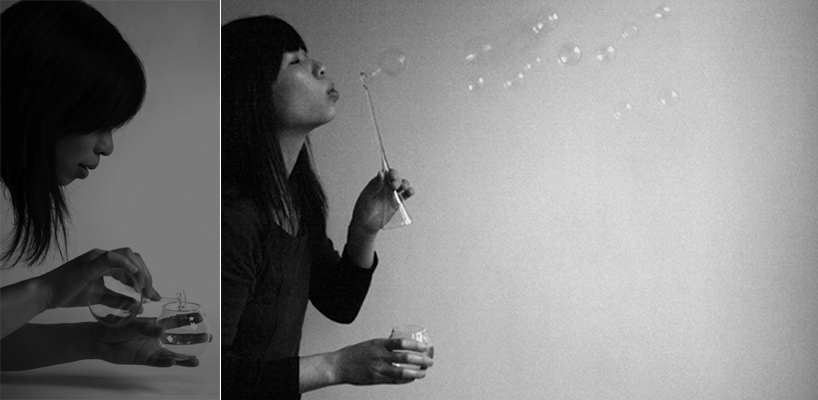
the story of an invisible wound by kwok winglam from belgium
designer's own words:
Quantified data demonstrates a loss of time, place and meaningful rituals to deal with bereavement in North American and European society, and parallel to this; a dramatic increase in emotional and physical health issues related to grief.
The physicality and material questions surrounding burial pose questions that can be answered by designers. At the same time, it is crucial to see how design can aid the living in sustaining a healthy quality of life after the loss of a loved one. The question of what remains behind must consider those dealing with such loss.
This project aims to offer the bereaved a hands-on moment of remembrance during their process of bereavement, which can be used by individuals and communities dealing with loss, and at the same time, can create a place for death in public space and dialogues.
Materials, interactive processes and potential uses, were considerations in realizing a design that speaks of life’s fragility and the subjective release of stress and emotional pain. The key materials are soap (for bubbles), hand blown glass and the action of breathing.
The design has been created for different contexts:
Variations to size and presentation, allow the design to function as:
A public installation, connecting communities of grieving individuals and using what appears as a beautiful and playful manner of bringing death/loss back into view; an alternative ritual, in which a community can be connected to celebrate life and deal with loss, as well as a personal support system that may be used at home: whenever a bereaved individual chooses. This establishes respect for the subjective timeframe needed to deal with loss and allows the bereave to determine how they grieve.
Context One: The Private -The interaction between the user and the design is a highly subjective and reflective experience, which demands both hands-on physical action and time for reflection. 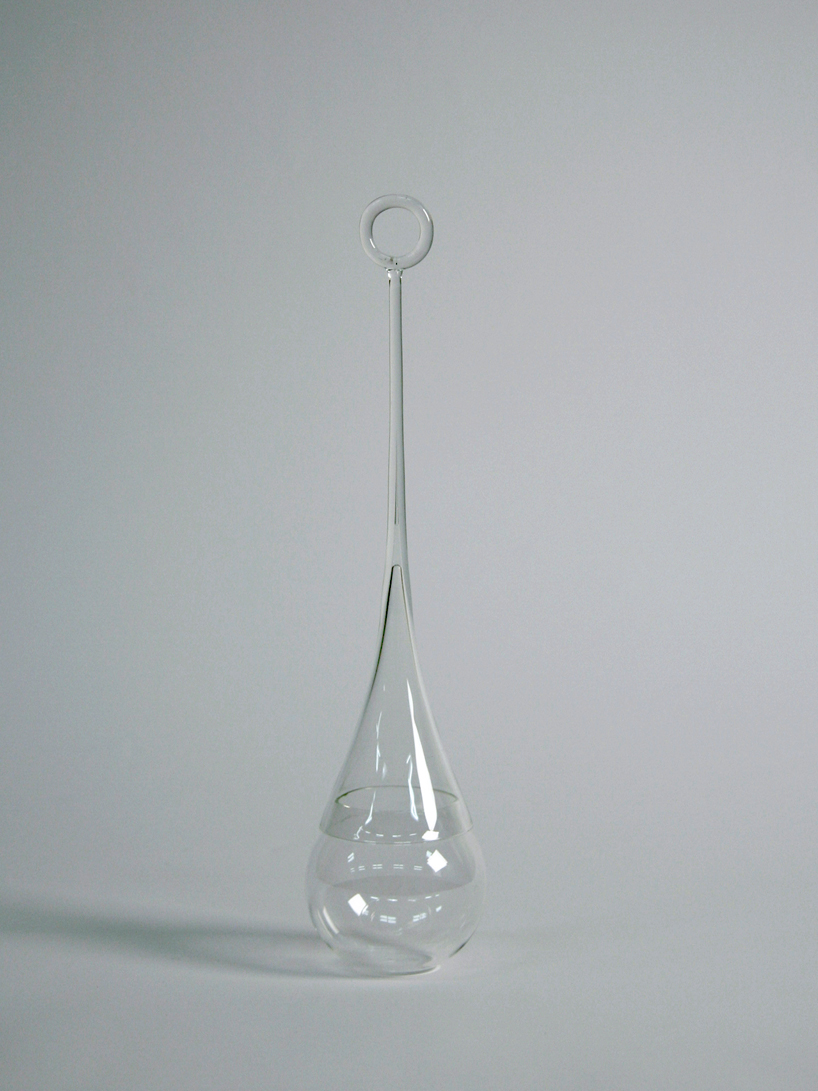 Context One: The Private – Every death is unique as is every loss and bereavement. Grief is a subjective and personal process.
Context One: The Private – Every death is unique as is every loss and bereavement. Grief is a subjective and personal process.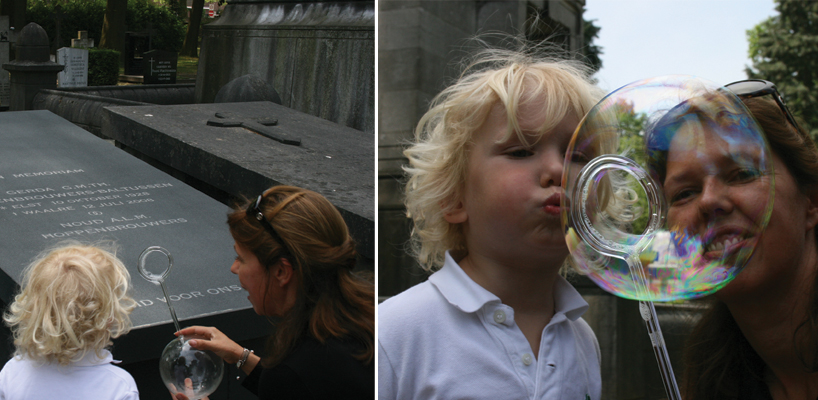 Context Two: The Communal – The design may be used as part of individual or shared moments of bereavement. These may be occur between friends, family, but also largeur groups.
Context Two: The Communal – The design may be used as part of individual or shared moments of bereavement. These may be occur between friends, family, but also largeur groups. Context Two: The Communal – Every death is the same and has multiple ramifications. Loss is subjective, but it is also shared.
Context Two: The Communal – Every death is the same and has multiple ramifications. Loss is subjective, but it is also shared.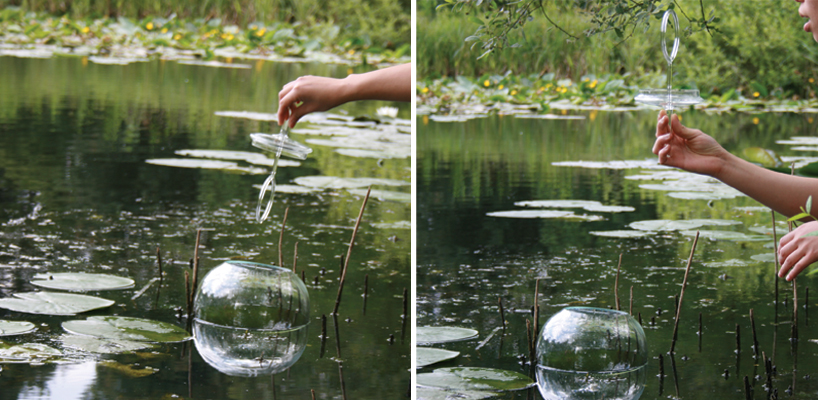 Context Three: The Public – Could we deal with death, like children play ? Embracing beauty, sharing similarities openly with strangers, and bringing it openly into our lives ?
Context Three: The Public – Could we deal with death, like children play ? Embracing beauty, sharing similarities openly with strangers, and bringing it openly into our lives ?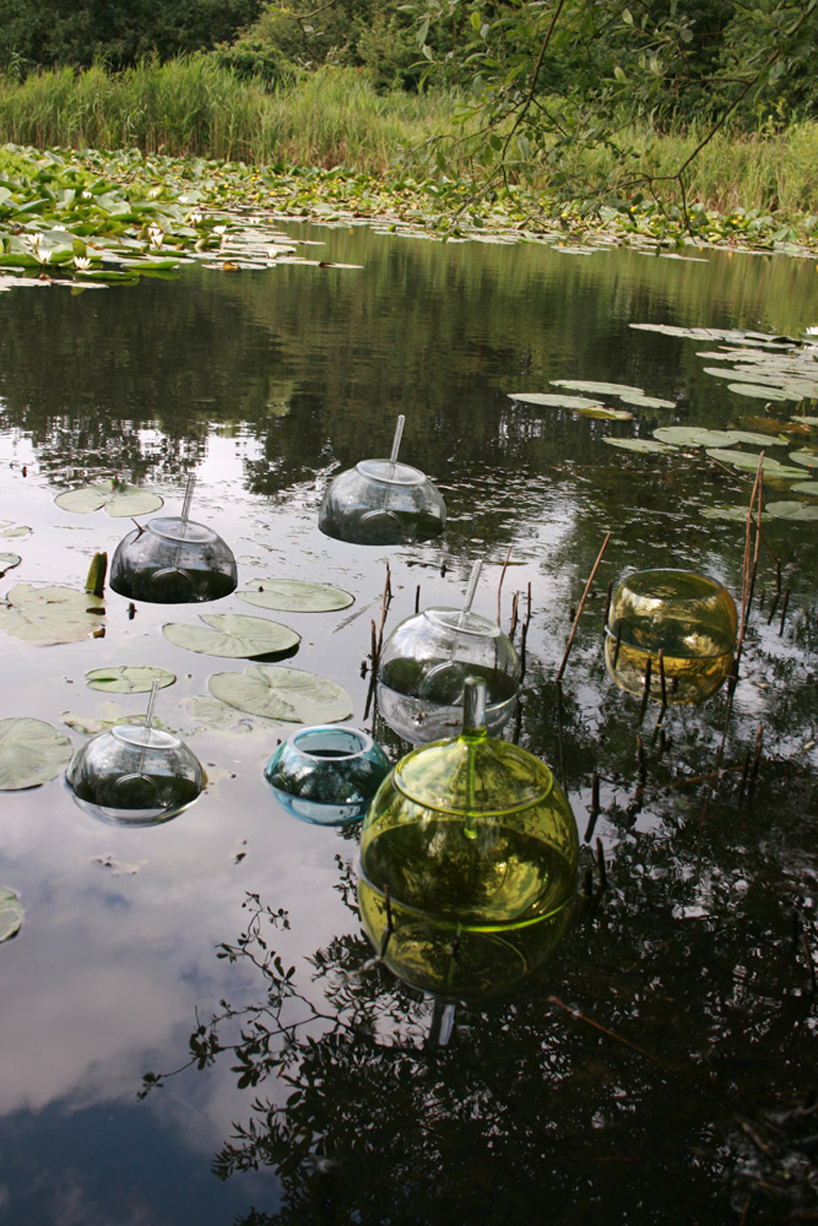 Context Three: The Public – By being accessible and approachable to all variants of people and creating a visible and aesthetically appealing design, it tenderly creates a space for death amongst the living and places it in a respectful yet playful setting.
Context Three: The Public – By being accessible and approachable to all variants of people and creating a visible and aesthetically appealing design, it tenderly creates a space for death amongst the living and places it in a respectful yet playful setting.